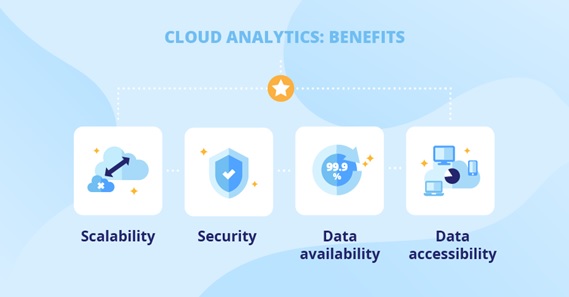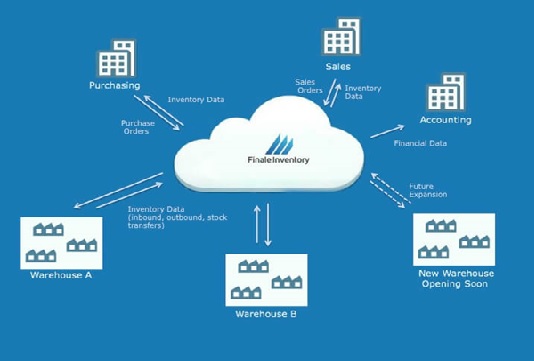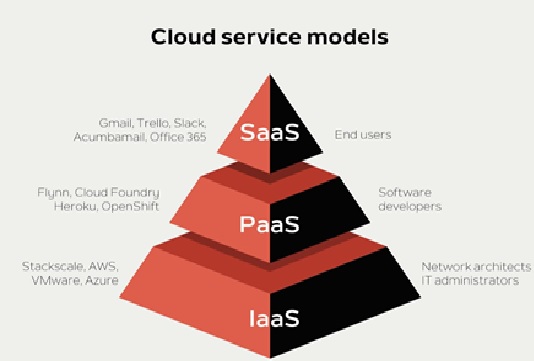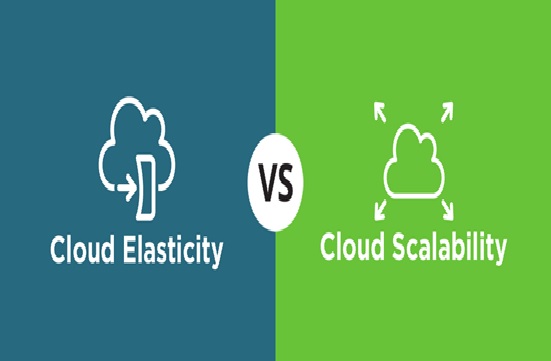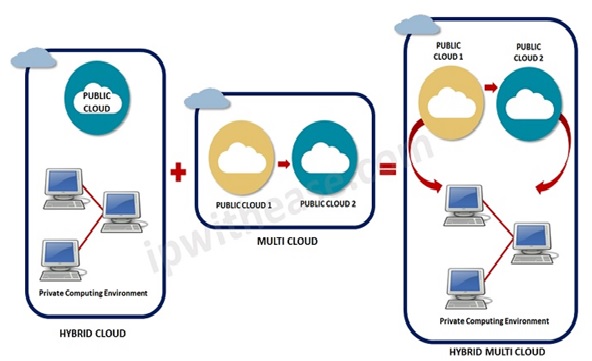Green Cloud Computing
Green cloud is a buzzword that refers to the potential environmental benefits that information technology (IT) services delivered over the Internet can offer society. The term combines the words green — meaning environmentally friendly — and cloud, the traditional symbol for the Internet and the shortened name for a type of service delivery model known as cloud computing.[1]
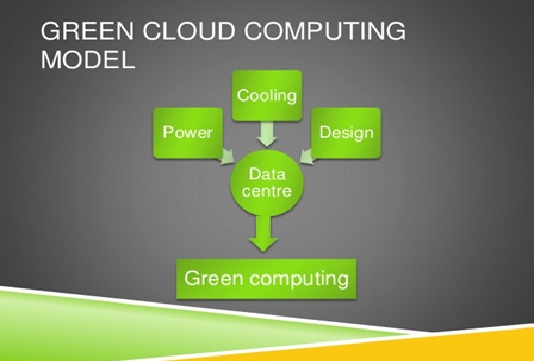
Figure 1. The Green Cloud Computing
Figure 1 shows There are different approaches in green computing. It is not only about manufacturing eco-friendly IT equipments, it is also about how the applications are going to be used in various fields overall promoting environment sustainability. The main concept behind green computing is '' Reduce, Reuse and Recycle ''. Although green computing includes many benefits to the environment, it also comes with some downfalls. Whether it can be small or large scale business, it is a must to know the pros and cons in order to understand why it is important to the environment. [3]
Goals Of Green Cloud Computing:
- Reduce the use of hazardous material , it causes harm to environment .
- “Green” Data Centers.
- Using recycle materials.
- Supply Chain Energy Usage.
- Green Cloud Computing Architecture
Greencloud is a sophisticated packet-level simulator for energy-aware cloud computing data centers with a focus on cloud communications. It offers a detailed fine-grained modeling of the energy consumed by the data center IT equipment, such as computing servers, network switches, and communication links.[2]
Green cloud computing is a solution that allows users to utilize all the benefits of cloud storage while also decreasing its adverse effects. The ultimate goal of green cloud computing is to reduce the power consumption of large data centers (Amazon, Google, eBay, etc.).
Green cloud computing aims to include energy-efficient technology, environmentally sustainable production practices and improved waste and recycling procedures.
- Green Design: Designing energy-efficient servers, infrastructure, computers, software applications and other digital devices will reduce the amount of energy consumed in the future
- Green Production: Minimizing energy and waste by recycling and repurposing equipment during the production process of digital devices can contribute to a more sustainable environment.
- Green Usage: Reducing the amount of energy a product utilizes while in use can reduce up to 27% of energy.[1]
Objectives of Green Cloud Computing
- To minimize the use of hazardous IT/computing products.
- To make the computing process more eco-friendly.
- To make the computing process energy efficiency.
- Reducing travel requirements.
- Recycling of computing wastage product.
- Purchasing and using green energy.
- Save money due to reduced utility cost.
- Reducing the use of papers.
- Designing good algorithms for better computer’s efficiency.[4]
References:
- https://bigdataanalyticsnews.com/green-cloud-computing-sustainable-use/
- https://lucidoutsourcing.com/blog/green-cloud-computing
- https://www.hitechwhizz.com/2020/12/7-advantages-and-disadvantages-drawbacks-benefits-of-green-computing.html
- https://www.geeksforgeeks.org/future-of-green-computing/
Cite this article:
Thanusri swetha J (2021), Green Cloud Computing, AnaTechMaz, pp. 24






